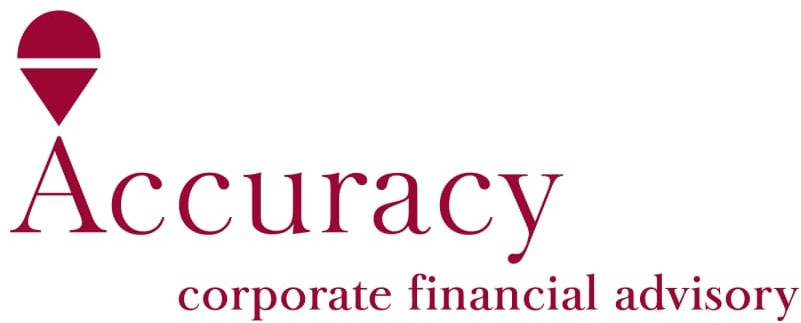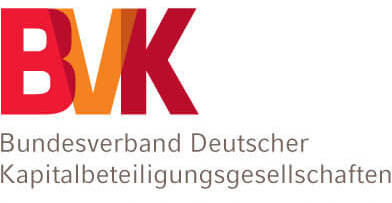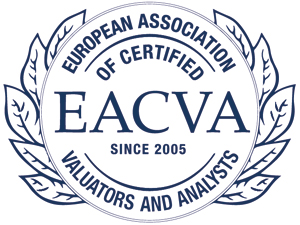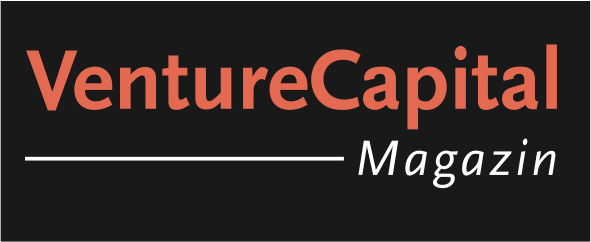NEWSLETTER of June 26, 2020
The following content has been added at finexpert:
Studies > Performance
UBS
INVESTING IN A NEW WORLD: CHINA FIXED INCOME
In a world where yields are turning negative and bond markets are becoming more volatile, China's onshore fixed income markets are an attractive option for investors. Offering attractive yields, low correlation, safe haven properties and hedging costs so far in 2020, China bonds have a strong investment case. China bonds also offer strategic, long-term exposure to long-term megatrends in China such as the rise of the RMB as a reserve currency, the growth of China's pension industry, and China's rising status as one of the world's largest economies. >more
Studies > Alternative Investments
EY
TRENDBAROMETER IMMOBILIENANLAGEN DER ASSEKURANZ 2020
The average real estate ratio of the insurance companies is again rising to a historic high of 10.8 percent, after having reached a double-digit figure for the first time last year at 10.3 percent. This means that the real estate ratio is growing continuously for a decade now, after its lowest level of 6.0 percent in 2009. This is one of the findings of the current Assekuranz 2020 trend barometer by EY Real Estate, for the 13th edition of which was published in May, a total of 30 representatives of leading companies in the insurance industry were surveyed. >more
Studies > Alternative Investments
Bain & Company
GEWERBLICHE IMMOBILIENFINANZIERUNG: BANKEN IM HÄUSERKAMPF
Income of almost EUR 15 billion and a profit pool of a good EUR 4.5 billion - commercial real estate financing has long been on the road to success. And the record hunt could have gone even further. Without the corona pandemic and the recession that is expected as a result, earnings would have risen by another EUR 600 million to around EUR 15.5 billion by 2021, according to a bain forecast. In contrast, there were already signs of a trend reversal in profits, with the extremely tough competition taking its toll. >more
Studies > Macro
Deutsche Bank Research
SAVING DURING THE CORONA CRISIS: CASH IS KING
German households saved surprisingly little money during Q1; their bank deposits were only up by EUR 5.8 bn. In the lockdown month of March, deposits even declined by EUR 11.1 bn, as households withdrew a lot of cash due to the uncertain situation. During the current quarter, however, households will probably build up deposits substantially in order to prepare for potential income losses. By contrast, retail loans continued to increase strongly in Q1 and may cool down only in the medium term. >more
Research Papers > Corporate Valuation
FORECASTING THE EQUITY PREMIUM: MIND THE NEWS!
Philipp Adämmer, and Rainer Alexander Schüssler
2019
We introduce a novel strategy to predict monthly equity premia that is based on extracted news from more than 700,000 newspaper articles, which were published in The New York Times and Washington Post between 1980 and 2018. We propose a flexible data-adaptive switching approach to map a large set of different news-topics into forecasts of aggregate stock returns. The information that is embedded in our extracted news is not captured by established economic predictors. Compared to the prevailing historical mean between 1999 and 2018, we find large out-of-sample (OOS) gains with an R2-OOS of 6.52% and sizeable utility gains for a mean-variance investor. The empirical results indicate that geopolitical news are at times more valuable than economic news to predict the equity premium and we also find that forecasting gains arise in down markets. >more
Research Papers > Corporate Finance
HOW DOES UNCERTAINTY INFLUENCE TARGET CAPITAL STRUCTURE?
Hyun Joong Im, Ya Kang, and Janghoon Shon
2020
This study investigates how uncertainty affects firms' target capital structure using a panel data set of U.S. public manufacturers between 2003 and 2018 and finds that high-uncertainty firms have 10.1 (8.1) percentage points lower mean book (market) targets than low-uncertainty firms. This study also shows that the uncertainty effect on leverage targets is greater than the impact of firm size, market-to-book ratio, assets tangibility, R&D intensity, and industry median leverage, making uncertainty the most critical determinant among all time-varying determinants of leverage targets. Further, this study finds that heightened uncertainty decreases debt tax shields, increases potential financial distress costs, and exacerbates debtholder-shareholder conflicts, thereby leading to a lower optimal or target leverage ratio. >more













